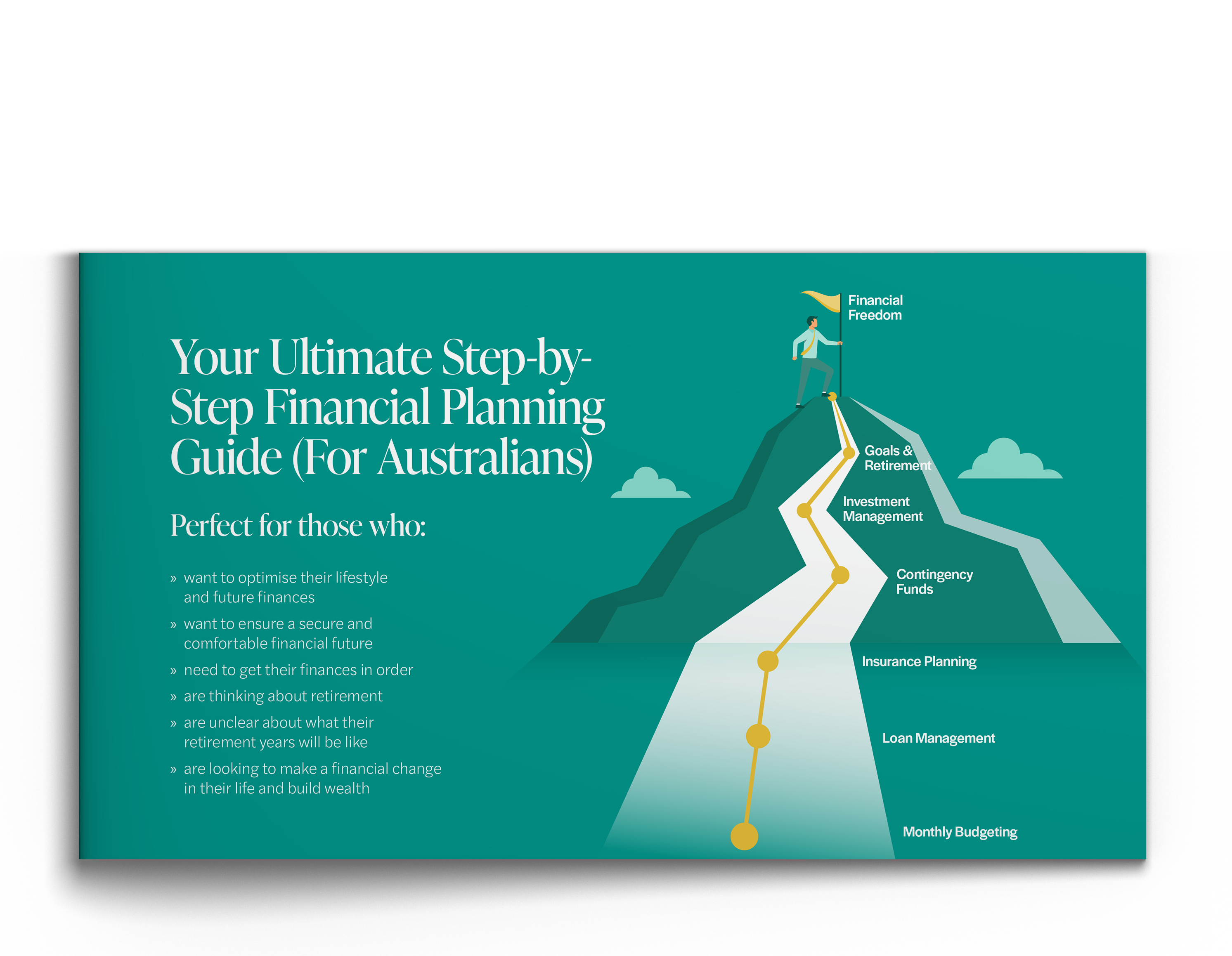Cashflow And Budgeting
When our capacity to save increases, which is generally due to a combination of hitting our salary peak and expenses decreasing due to children leaving home, there is a chance to capitalise on this theoretical surplus for the future. What can happen instead though is that lifestyle expenditure increases.
There is often a balance between investing in current experiences and investing for the future. But what if I told you that could do both? By making plans about what we want to achieve, we also can achieve purpose to our spending. If, for example, you have a plan to travel every year maybe you do not need that extra coffee every day; that saving could be an extra $1,000 per annum to put towards a trip.
To help with budgeting the first step is to map out your essential spending so that you know exactly how much you can spend on discretionary spending. The next step is to make the decision based on your goals whether you want that trip to Italy or alternatively a trip to a cheaper destination that allows you to save some money to make extra repayments to that lingering mortgage, extra contributions to super or a contribution to an investment. Managing your cashflow and having a budget gives power and informed choice to your decision making and is the foundation of a sound financial strategy.

